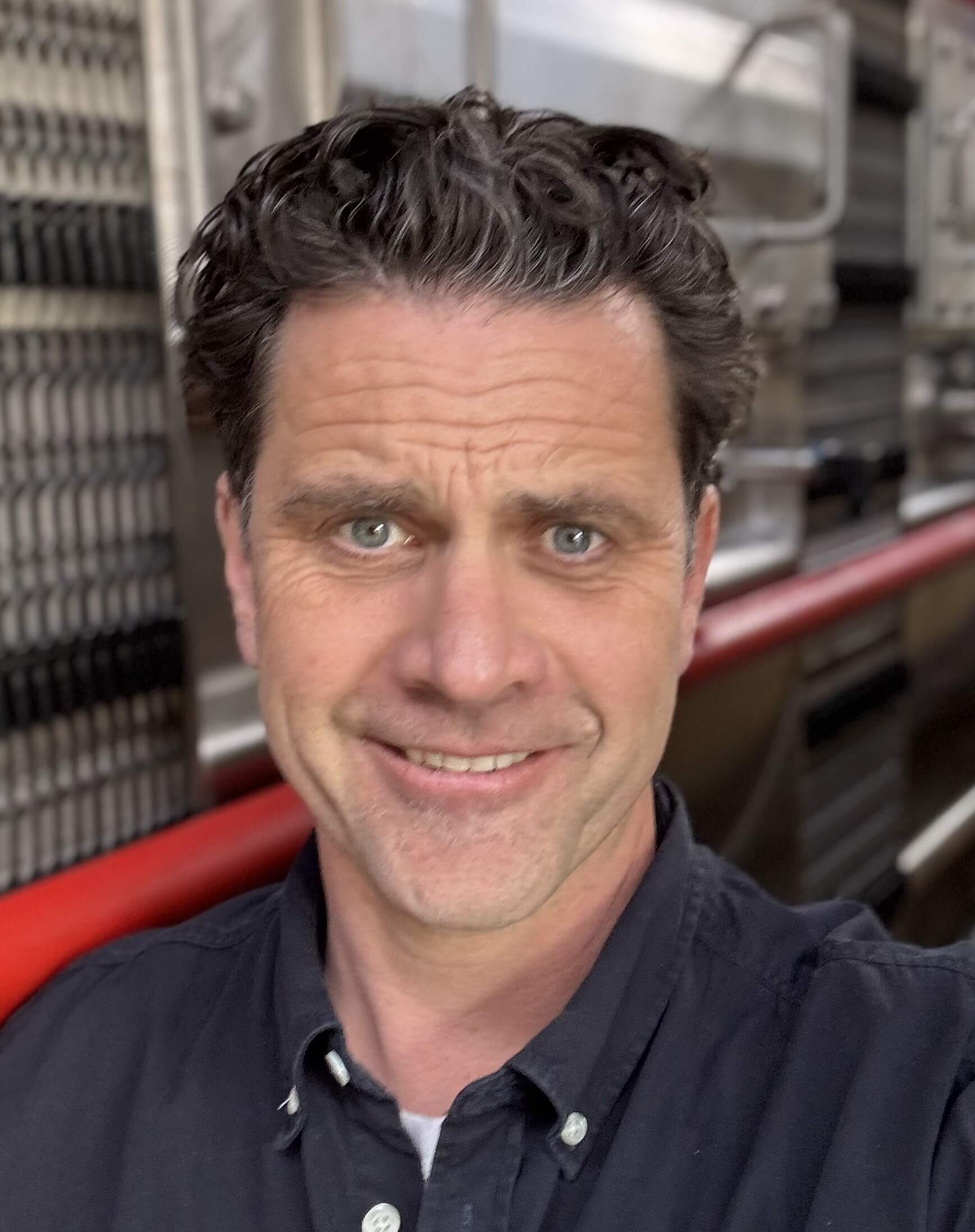The Power of Water Mapping: Unlocking Cost Savings and Environmental Benefits in Industrial Operations
Want to reduce your facility’s water footprint, costs, and environmental impact? Start with a water map. This article breaks down how mapping your water use—from intake to wastewater—can uncover hidden inefficiencies, reveal opportunities to cut costs, and even boost sustainability ratings. It explains how a clear picture of your facility’s water cycle is essential for evaluating advanced solutions like Zero Liquid Discharge (ZLD), which can recycle water, reduce waste, and recover valuable materials. If you're serious about smarter water management, this read shows you exactly where to begin.
DATE 2025-05-23 AUTHOR Patrick Horner
The Power of Water Mapping: Unlocking Cost Savings and Environmental Benefits in Industrial Operations
When it comes to minimizing water intake, waste, and wastewater effluent, mapping water use at an industrial facility is an excellent first step. It provides a comprehensive understanding of a facility's water cycle and aids in the development of solutions to reduce water intake, disposal costs, and associated risks, while improving product sustainability ratings and potentially increasing the value of waste products.
A water map is also an excellent tool to evaluate the feasibility of advanced technologies like zero liquid discharge (ZLD). By collecting and analyzing data on water use, companies can determine the most practical and cost-effective solutions to implement. ZLD is one such technology that can significantly reduce a facility's water footprint. ZLD involves treating wastewater to the point where there is virtually no liquid waste left to discharge, thereby minimizing the amount of wastewater effluent generated. By reusing and recycling water, ZLD can help reduce water intake and disposal costs, while also improving a facility's environmental sustainability.
To develop an effective water map, there are several key questions to consider. These include:
1. Water intake:
-
What is the source of water for the facility?
-
What treatment is required to ensure the source water meets the facility water specifications?
-
Is there any waste or wastewater associated with this water intake treatment?
-
What is the overall cost of the water intake, both sourcing, and treatment?
2. Process:
-
What is being produced at the facility?
-
What processes are used to generate the product?
-
What waste and wastewater effluents are generated by these processes?
-
How much water is used in the production process?
3. Waste:
-
What type of waste products are produced at the facility?
-
What is the composition of these waste products?
-
Do these wastes contain value products that can be recovered via separation and/or concentration?
-
What is the total amount of waste generated by the facility?
4. Wastewater:
-
What is the composition of the facility wastewater?
-
What is the volume of the facility wastewater?
-
What are the disposal options for the facility wastewater, and what are the associated costs?
-
What level of treatment is required to meet current disposal regulations, and how does this impact costs?
By answering these questions, industrial facilities can gain a better understanding of their water usage and develop effective strategies to minimize their water footprint while reducing costs and risks associated with disposal. Implementing advanced technologies like ZLD can also help facilities significantly reduce their water footprint, thereby improving their environmental sustainability and bottom line.
Patrick Horner
Role at Alfa Laval: Global Technology - Zero Liquid Discharge
Time in industry: 20 years
Area of expertise: ZLD; evaporation and crystallization technologies
Tags
Alles